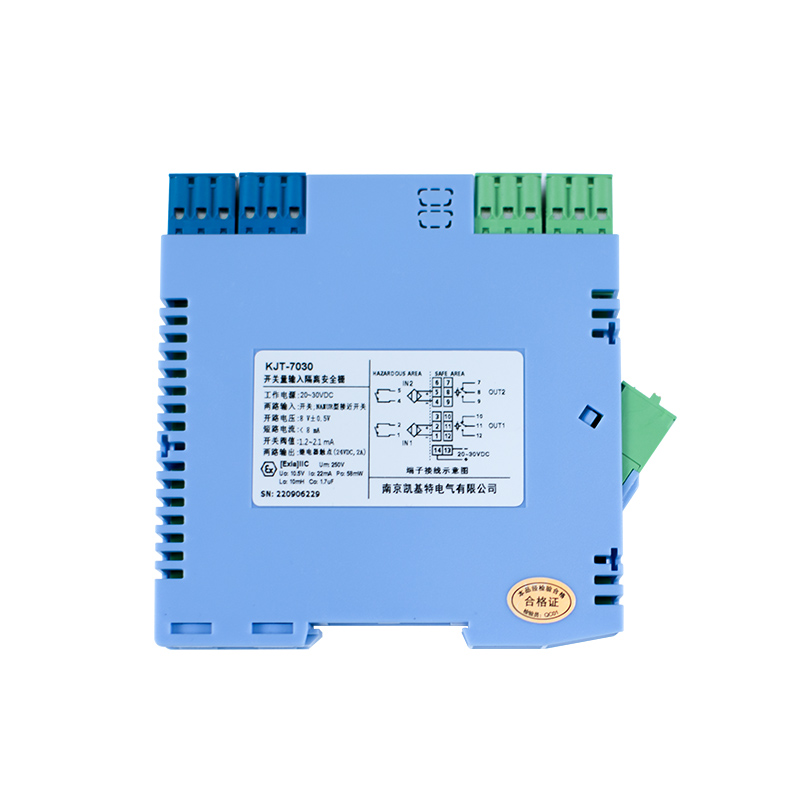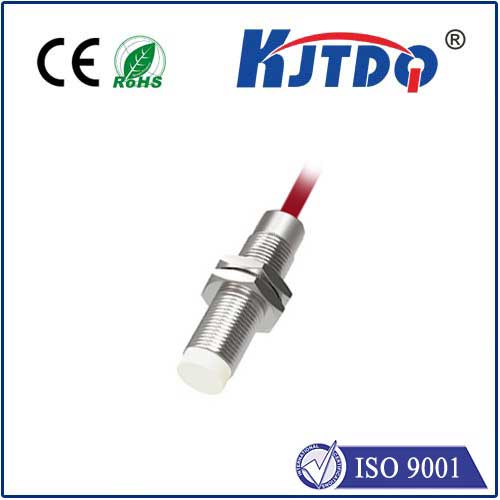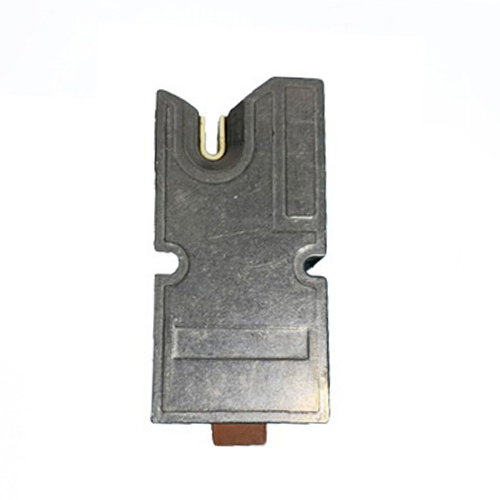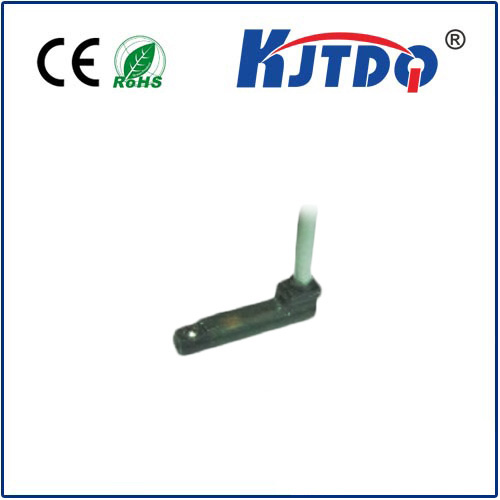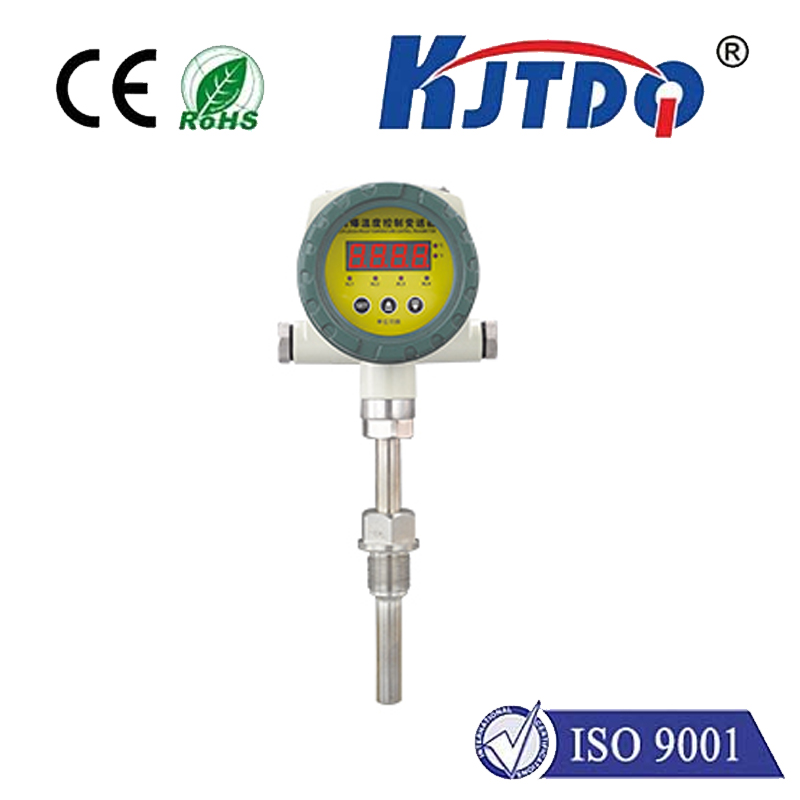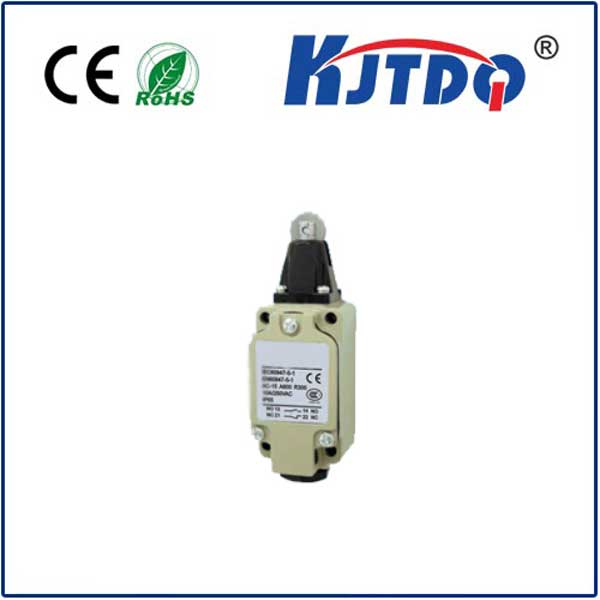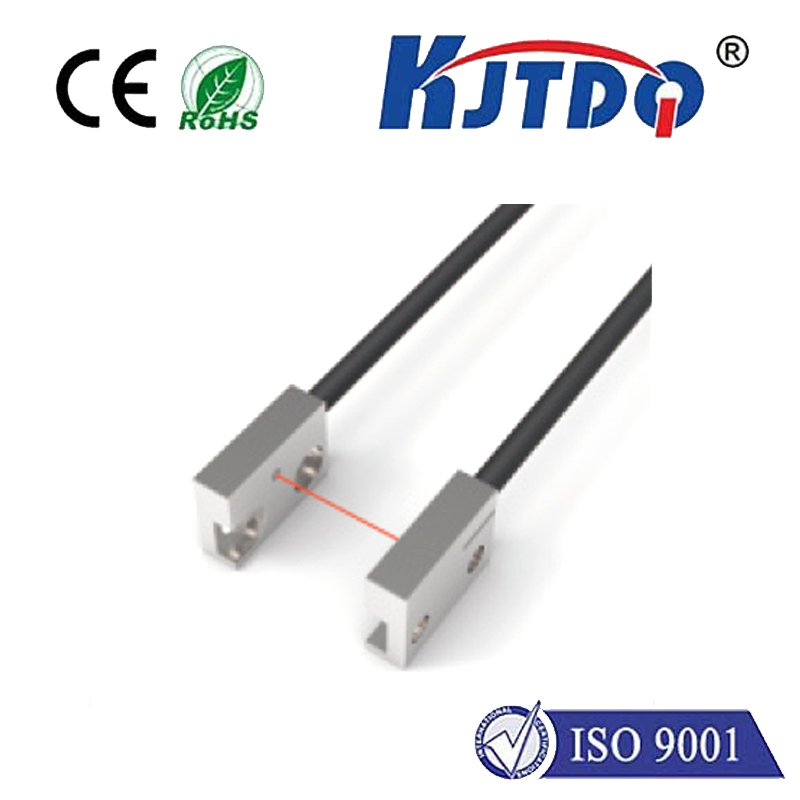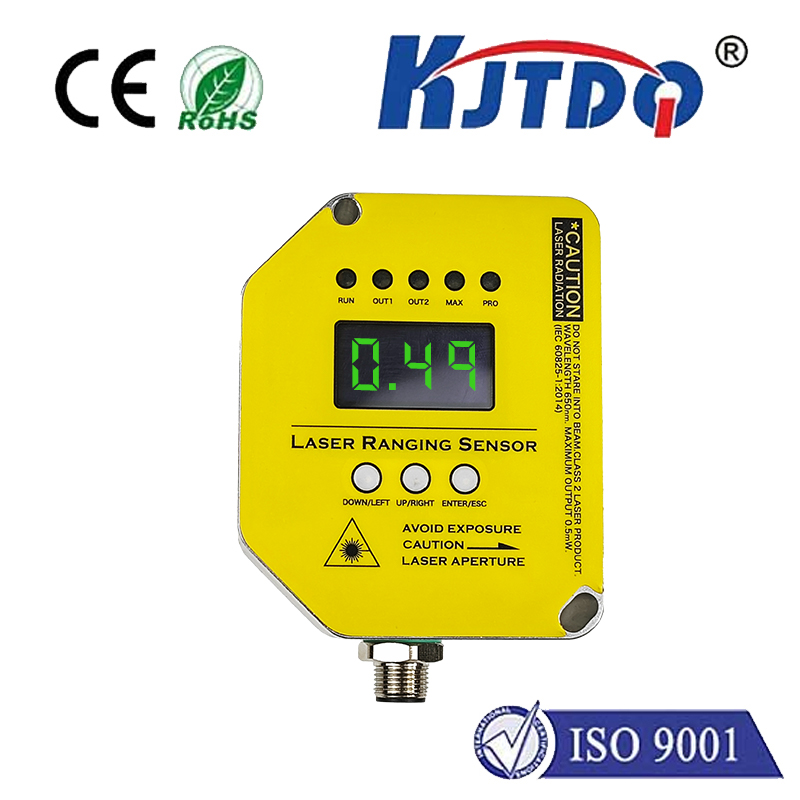sn04 sensor
- time:2025-06-28 01:11:35
- Click:0
SN04 Sensor: Your Go-To Solution for Precise Infrared Object Detection
Imagine a warehouse robot maneuvering flawlessly between shelves, a vending machine reliably dispensing your snack, or a sophisticated factory line counting products at lightning speed. Behind these modern conveniences and automated processes often lies a fundamental technology: the infrared photoelectric sensor. Among these, the SN04 sensor stands out as a remarkably versatile and widely adopted component for proximity sensing and object detection. Its proven design and reliable performance make it a cornerstone in countless applications demanding precision and resilience.
Understanding the SN04’s Core Principle: Infrared Technology
At its heart, the SN04 sensor operates on a straightforward yet powerful principle: using infrared light to detect the presence or absence of an object within its designated range. The sensor comprises two key elements:
- An Infrared Emitting Diode (IRED): This component actively generates a beam of invisible infrared light.
- A Phototransistor Receiver: This element is tuned to detect the specific wavelength of infrared light emitted by the paired IRED.
The SN04 functions primarily in one of two modes:
Diffuse / Proximity Mode: This is the most common configuration. Here, both the emitter and receiver are housed in the same unit, facing the same direction. The IRED emits a beam of light. When an object enters the sensor’s detection zone, it reflects some of this infrared light back towards the sensor. The phototransistor detects this reflected light and triggers an output signal change (typically switching from high to low voltage, or vice-versa, depending on the specific module and wiring).

Through-Beam Mode (Requires Separate Emitter/Receiver): While the standard SN04 module integrates both emitter and receiver, the underlying sensor component can be used in systems where the emitter and receiver are physically separated and mounted opposite each other. In this setup, detection occurs when an object interrupts the direct infrared beam traveling from the dedicated emitter unit to the receiver unit.
This fundamental mechanism provides a non-contact, wear-free method for detecting objects, making the SN04 photoelectric sensor incredibly robust and long-lasting.
Key Specifications and Capabilities
The enduring popularity of the SN04 sensor stems from its well-understood capabilities and consistent performance:
- Detection Range: Typically rated for effective detection between 3 cm to 80 cm (approximately 1.2 inches to 31.5 inches) in diffuse mode. Effective range can be influenced by factors like object color, surface texture, and ambient light conditions.
- Adjustable Sensitivity: Most SN04 modules feature a potentiometer (a small screw or dial) that allows users to fine-tune the sensing range and sensitivity. This is crucial for optimizing performance in specific environments and for different target objects.
- Output Signal: Commonly provides a digital output, switching cleanly between a HIGH state (often +5V or +3.3V) and a LOW state (0V) when an object is detected or not detected. The specific logic (e.g., normally open/closed) depends on the module variant.
- Compact Size: Its small, cylindrical form factor (often referred to as an “electronic brick”) makes it easy to integrate into tight spaces, machinery, robotics, and DIY projects.
- Power Requirements: Designed for low-voltage DC operation, typically 3.3V to 5V, making it highly compatible with microcontrollers like Arduino, Raspberry Pi, PICs, and various industrial control systems.
- Environmental Resilience: Engineered to offer good resistance to ambient light interference and moderate environmental conditions encountered in many industrial and automation settings. Its infrared operation inherently avoids issues faced by visible light sensors.
Where the SN04 Sensor Excels: Common Applications
The versatility and affordability of the SN04 sensor have secured its place in a vast array of fields. Some prominent applications include:
- Robotics & Automation: As a fundamental obstacle detection sensor for wheeled robots, robotic arms, and AGVs (Automated Guided Vehicles), preventing collisions and enabling safe navigation. It’s also crucial for tasks like object counting on conveyor belts and detecting product presence at specific stations.
- Industrial Machinery: Used extensively for position sensing (detecting if a part is in place), end-of-travel limits on linear actuators or moving platforms, parts counting, and automatic door control (detecting approaching people or objects).
- Vending Machines & Kiosks: Detecting when a product has been successfully dispensed or confirming the presence of items like cups or bottles, ensuring reliable operation and inventory management.
- Security Systems: Incorporated into intrusion detection setups to sense movement through doorways, windows, or sensitive areas, triggering alarms silently.
- DIY Electronics & Prototyping: A favorite among hobbyists and makers for Arduino and Raspberry Pi projects involving object detection, automation triggers, interactive art installations, and model railways.
Choosing and Implementing the SN04
Selecting the right SN04 sensor module involves considering a few key factors:
- Operating Voltage: Match the module’s voltage requirement (typically 3.3V or 5V) to your system’s power supply.
- Output Type: Ensure the output logic (e.g., NPN/PNP, NO/NC - Normally Open/Normally Closed) is compatible with your controller or PLC inputs. Many modules offer versatile wiring options. Digital outputs are standard.
- Detection Range: Verify that the sensor’s rated range suits your application needs. Remember that real-world range can be affected by object characteristics (dark, non-reflective objects are harder to detect at distance than bright, reflective ones).
- Mounting: Its compact cylindrical shape often includes mounting holes or brackets for secure installation.
Integration is generally straightforward:
- Connect the power pins (VCC and GND) to your DC supply.
- Wire the output signal pin to an input pin on your microcontroller, PLC, or other control device.
- Use the sensitivity adjustment potentiometer to fine-tune the detection threshold for your specific environment and target objects. Pointing the sensor away from strong ambient light sources and highly reflective backgrounds helps optimize reliability.
Why the SN04 Remains Relevant: A Balance of Simplicity and Performance
In a world of increasingly sophisticated sensors, the SN04 sensor endures because it solves a fundamental problem – reliable proximity detection – with remarkable simplicity, effectiveness, and cost-efficiency. Its ease of use, compatibility with popular platforms, and proven track record in diverse environments make it an indispensable tool. Whether you’re automating an industrial process, building your next robot, or creating an interactive display, the robust nature and consistent accuracy of the SN04 photoelectric sensor provide a dependable foundation for detecting the presence of objects with infrared precision. Its straightforward digital output delivers a clean signal for controllers to act upon instantly. For tasks requiring non-contact detection within its operational range, the SN04 sensor continues to be a highly practical and effective solution, proving that well-executed fundamental technology never truly goes out of style.






